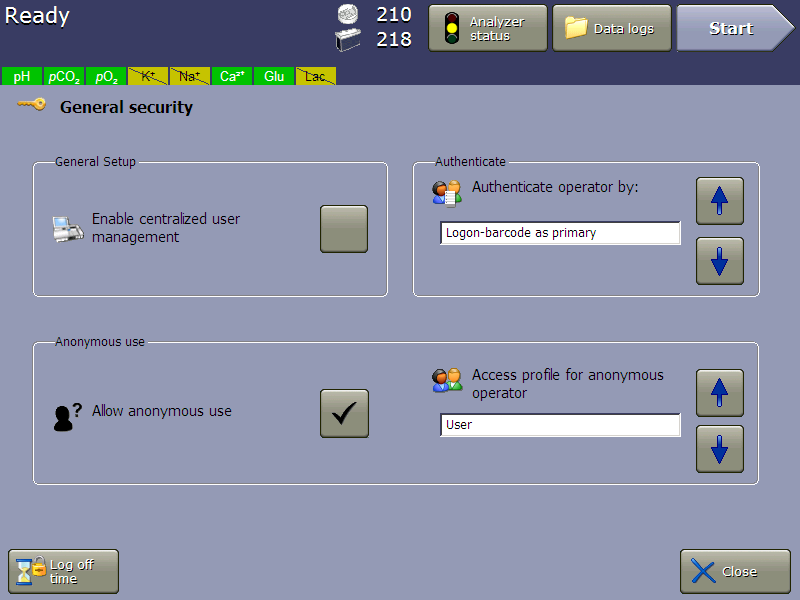

Simple nuclei identification tutorial ( sample data) (courtesy of the German BioImaging network) Performing a colocalization assay ( relevant example pipeline) Using the Worm Toolbox for image analysis of C.

Identifying and measuring cells: Cytoplasm-nucleus translocation assay ( relevant example pipeline)Ĭalculating and applying illumination correction for images ( relevant example pipeline) Metadata stipulates conditions for extraction of data. Identifying, measuring, and classifying yeast colonies ( relevant example pipeline) 3, open this window by selecting the Metadata tab in the list of Input modules in CellProfiler. Using the Input modules in CellProfiler 2.1: Using CellProfiler for Quantitative Image Analysis The NIH has published a introductory chapter of “best practices” for image-based high-content screening (in which CellProfiler is mentioned) as part of the Assay Guidance Manual, and our group has published a more advanced follow-up chapter on image analysis methods. Our introduction to automated image analysis principles and practicalities is published as an educational article at PLoS. 3, open this window by selecting the 'Metadata' tab in the list of. Following the operations described in Fig.
Cellprofiler metadata software#
Technical descriptions of CellProfiler and CellProfiler Analyst software can be found in our papers while more written tutorials can be found on the CellProfiler GitHub page. Download scientific diagram Screen capture of the Metadata module in CellProfiler.
Cellprofiler metadata how to#
MDA_proj_updated_metadata.cppipe (25.Visit our YouTube playlist for video tutorials on CellProfiler, CellProfiler Analyst, segmentation strategies, how to construct pipelines, and much more. Then, you can match this with your CSV files to have images linked to their particular condition. To improve upon this, try to include well and site information in your filenames and perform a metadata extraction similar to img_channel mentioned above. This is because every image has a DAPI channel so there’s no way to link a particular image to a specific condition. Matching CSV channels with image name channels doesn’t provide enough information to link specific pictures to specific genes/conditions mentioned in your CSV file.Ideally, your file naming strategy should be consistent. This leads to them not being matched appropriately. Segmentation means identifying the nuclei in each image. Since we don’t need the colour information, we convert colour images to grayscale type. CellProfiler is designed to work primarily with grayscale images. You have some files that have _blank.tif in their filename. Metadata is needed to tell CellProfiler what a temporal sequence of images is and what the order of images is in the sequence.

However there are two limitations with this strategy: Your CSV metadata column Channel is then matched with img_channel. The final product of the Metadata module is a list of files from the Images module, accompanied by the associated metadata retrieved from the source(s) provided and matched to the desired images. This extraction takes the channel (DAPI, TRTC etc.) from between the last underscore and final period in the filename. To solve this I’ve added a new metadata extraction ( _(?P+)\.) before your csv metadata loading.

CellProfiler is looking for a perfect string match of DAPI only, so since Set9 etc is there it doesn’t see a perfect match. This doesn’t work since your CSV channel, for example, is just DAPI, but FileLocation is Set9_TPB_2_2_0001_2_DAPI.tif. This protocol is used to analyze z-stacked, confocal images of immunofluorescence stains using CellProfiler to determine the quantity. The source of your problem is that you’re trying to match the CSV Channel with FileLocation.


 0 kommentar(er)
0 kommentar(er)
